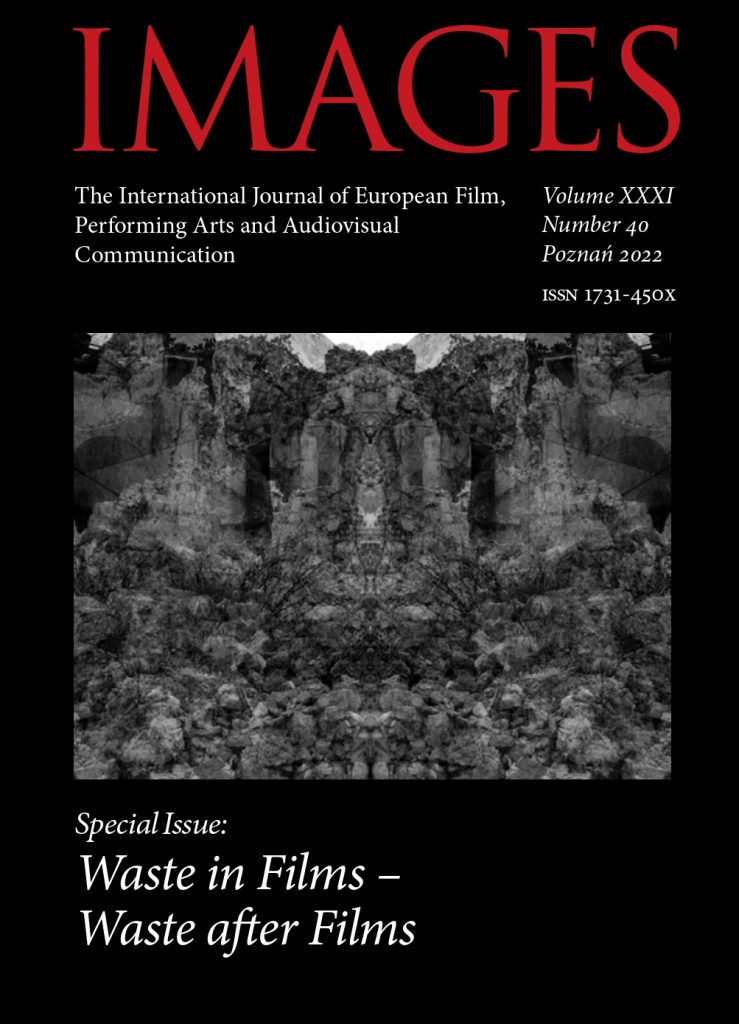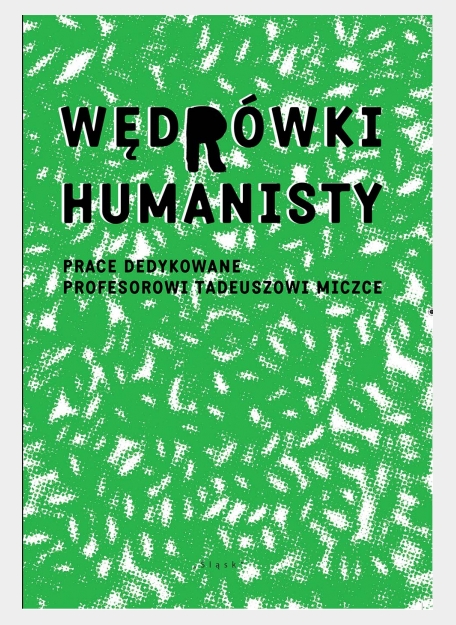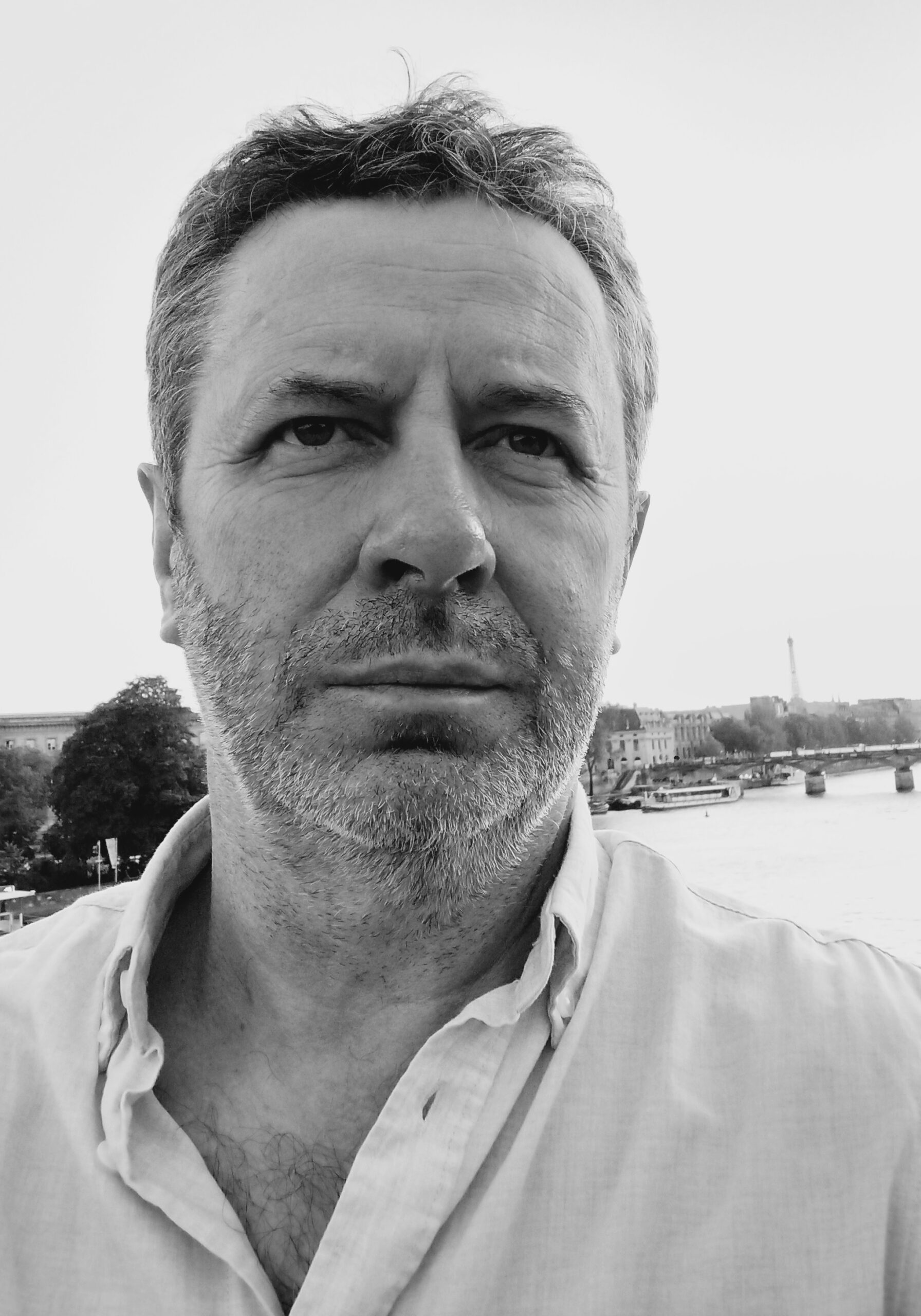The Invisible World of Images. From “Nonhuman” to “Undigital” Photography in Joanna Zylinska’s Reflections.
sobota, 21 stycznia, 2023W „Images. The International Journal of European Film, Performing Arts and Audiovisual Communication” 2022, no 40 został opublikowany mój tekst The Invisible World of Images. From “Nonhuman” to “Undigital” Photography in Joanna Zylinska’s Reflections.
The article presents the theoretical views and, to a lesser extent, artistic practices of Joanna Zylinska, who in her artistic activity combines epistemological strategies of a researcher and theorist with her activities in the field of art. She develops in different manners an original project of philosophy as photography, or photography as a form of philosophizing. Posthumanist and post-anthropocentric inspirations and the inclusion of her reflections in a wider circle of a nonhuman turn constitute an epistemological framework of numerous statements devoted to the “photographic condition” in the age of dominance of digital technologies. The author argues that, in fact, photography has been a nonhuman practice since its beginnings, which is developed in her book „Nonhuman Photography”, preceded by the concepts of mediation and photomediation. In her latest proposals addressing the issues of the functioning of art in the era of algorithmic systems, the author develops the concept of undigital photography, which constitutes an extension of thinking about those manifestations of photography that are not of/by/for the human. The idea of “vision machines” (once proposed by Paul Virilio) takes the form of a holistic view of photography as a “medium of life,” which, unlike modernist descriptions of it as a “medium of death” (Roland Barthes), makes a significant contribution to both the theory and the history of photography. The synthetic presentation of Zylinska’ s concepts is an attempt to describe and interpret the contemporary state of theoretical and methodological awareness in the field of contemporary image studies. It stems from the need to constantly reinterpret the canon of thinking about the medium of photography in the epoch of cooperation between human and nonhuman agencies in the area of pictorial production of images addressed to both people and machines.


